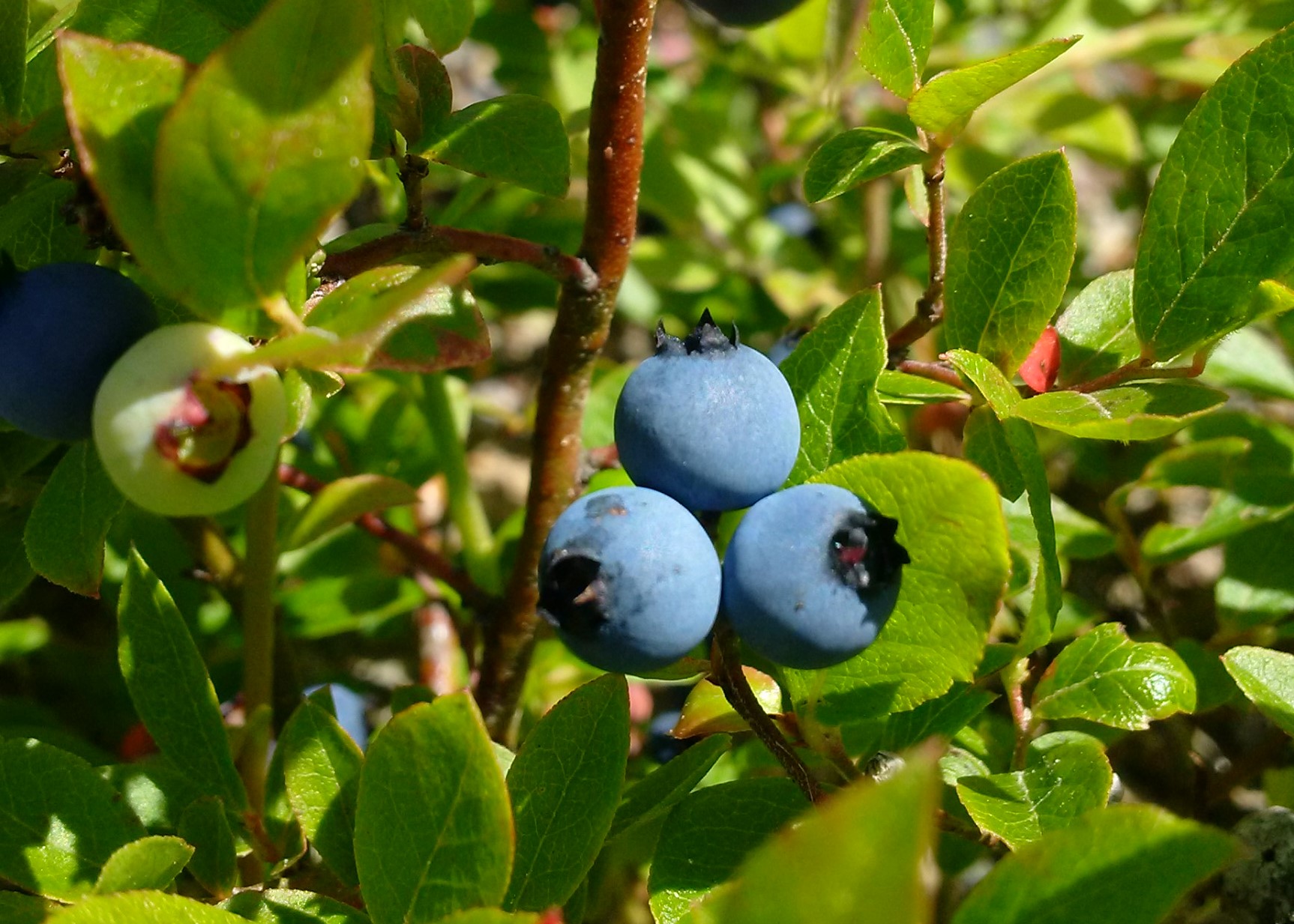What is the chemical composition of the plants and animals in your surroundings? You may think this is a question only biologists are interested in, but at the Nuclear Waste Management Organization (NWMO), a team of researchers, engineers and specialists have worked together with local residents to co-design an environmental baseline monitoring program to answer this very question, and more.
Starting this summer, the NWMO will launch a community-based sampling program that will test the baseline chemistry in various plants and animals in Ignace and the surrounding region. The program will collect donations of plant and animal samples from community members from their hunting, fishing and foraging activities (e.g., berries, mushrooms, etc.). To ensure that high quality samples are collected, training packages will be available for local residents.
“Understanding the rich and complex biodiversity of this area is critical in informing our work towards selecting a deep geological repository site for Canada’s plan for the safe, long-term management of used nuclear fuel,” says Joanne Jacyk, Section Manager of Environmental Assessment at the NWMO. “The goal of this sampling program and the broader environmental baseline monitoring program is to establish enough information about the environment to make project decisions that will protect people and the environment.”
The samples will be analyzed by an accredited third-party laboratory. The results will be released in a report once the analysis is completed later this year.
The community-based sampling program is part of the environmental baseline monitoring program that was co-designed with local residents last year. The program aims to analyze and understand the natural characteristics of the area around the potential deep geological repository site in the Ignace region: surface water, groundwater, air, soil, plants, and animals and their habitats.
“By incorporating local knowledge, we hope to better understand the current conditions of the local environment: what are the ways in which it is unique, resilient and vulnerable,” Ms. Jacyk said. “We heard during the co-design phase that community participation was a key element in collecting relevant and trustworthy data towards this goal.”
The co-design phase included a series of virtual and in-person workshops facilitated by the NWMO with various communities in Ignace, Wabigoon Lake Ojibway Nation (WLON) and the surrounding region.
Bill Gascon, the NWMO Site Director for Ignace, is excited about how this program will unfold.
“It is an interactive and educational way for residents to learn about the environmental baseline monitoring program,” says Mr. Gascon. “I encourage everyone of all ages and backgrounds to participate.”
Residents of Ignace, WLON and the surrounding areas can contact the NWMO Ignace Learn More Centre at 807.934.2472 or email iwenvironment@nwmo.ca to learn more about how they can participate in the community-based sampling program.

